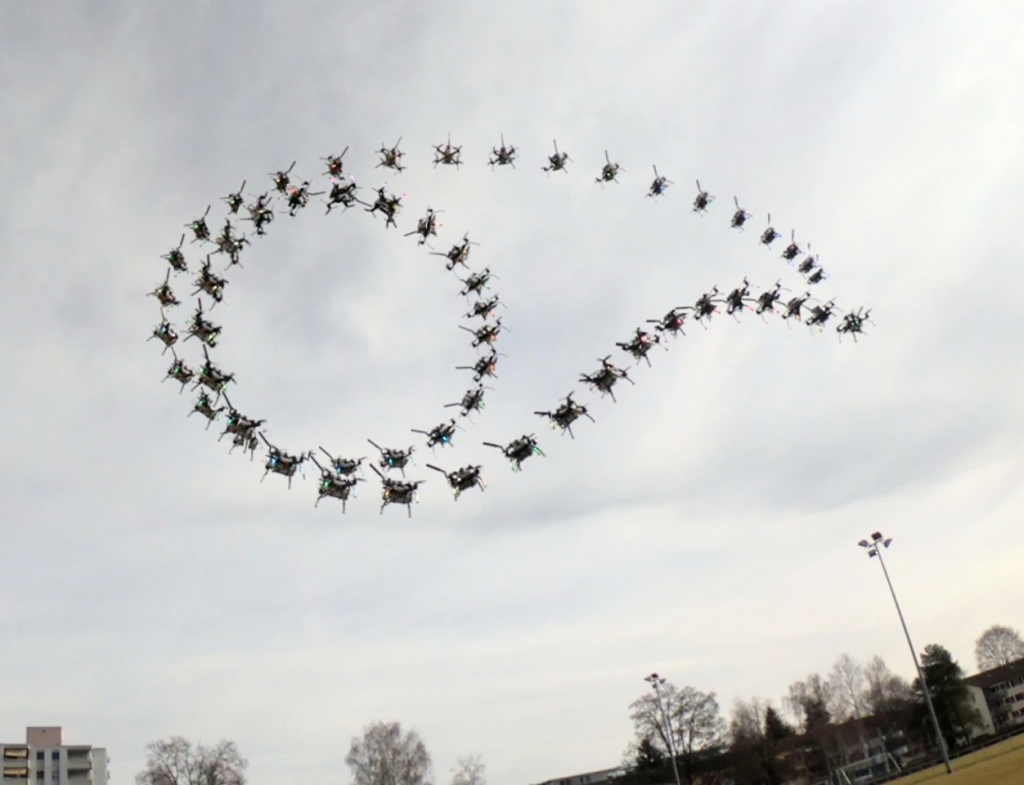Most autonomous drones are capable of taking off and landing and flying in straight lines, but scientists at the University of Zurich have developed a new navigation algorithm that enables unmanned quadcopters to pull off some impressive acrobatics, a training pathway they hope can help boost their speed and efficiency in areas such as search and rescue operations.
YouTube is rife with clips of human pilots spinning their drones this way and that, having them weave in and out of obstacles and perform barrel rolls and flips. This not only demands a certain level of expertise at the joysticks, but finely tuned hardware and software as well.
Pushing the limits of the aircraft in this way shows just what they can do in terms of agility and speed, and can help developers figure out how gains might be made in terms of battery life and the distances they can cover.
Looking to apply this thinking to an autonomous control system, the University of Zurich team developed an artificial neural network that could be trained on acrobatic maneuvers through flight simulation software. This approach enabled the researchers to easily simulate different trajectories, flight paths and acrobatics, without needing to carry out physical demonstrations that could damage the aircraft.
With just a few hours of training on the simulator, a quadcopter equipped with the navigation algorithm can then use its onboard camera and sensors to come up with its own control commands for a range of acrobatics. These include barrel rolls, power loops and Matty flips, maneuvers that call for high thrust and angular acceleration by the aircraft.
“Our algorithm learns how to perform acrobatic maneuvers that are challenging even for the best human pilots,” says Davide Scaramuzza, robotics professor at the University of Zurich.
While of this makes for an impressive spectacle, the researchers hope the algorithm can offer more than just a new type of autonomous airshow. They say that drones that can pull off these types of maneuvers are likely to be more efficient than those that cannot. If that can be leveraged to offer better battery life in drones that can then cover greater distances, it could mean real benefits for applications such as search and rescue operations and drone delivery services.
“This navigation is another step towards integrating autonomous drones in our daily lives,” says Scaramuzza.
You can learn more about the algorithm and see the drones in action in the video below, while a paper describing the research will be published in the journal Robotics: Science and Systems and can be viewed online here.
Source: University of Zurich




0 Comments